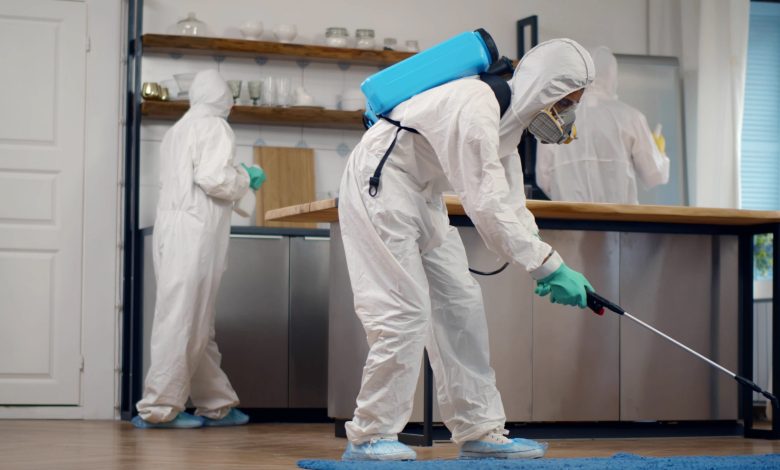The Hidden Dangers of Ignoring Fleas: Why These Tiny Pests Can Create Big Problems

If you’ve spotted a flea in your home, you might be tempted to dismiss it as a minor nuisance. After all, how much trouble can one tiny insect cause? Unfortunately, that single flea sighting likely indicates a much larger problem lurking beneath the surface. Fleas multiply at an alarming rate, and what seems like a small issue today can quickly spiral into a full-blown infestation that threatens your family’s health, your pets’ wellbeing, and your home’s integrity.
Understanding the Flea Life Cycle
Understanding the severity of a flea infestation requires knowledge of their impressive reproductive capabilities. A single female flea can lay up to 50 eggs per day, and these eggs quickly develop into adults within just a few weeks. Local pest control experts emphasize that visible fleas typically represent only 5% of the total infestation. The other 95% exists in various life cycle stages throughout your home, hiding in carpets, furniture, and floor cracks.
Health Risks to Your Family
The health risks posed by fleas extend far beyond simple itchy bites. These parasites can transmit serious diseases to both humans and pets, including murine typhus, cat scratch disease, and even plague in rare cases. For individuals with allergies, flea bites can trigger severe reactions requiring medical attention. Children and elderly family members are particularly vulnerable to these health threats, as their immune systems may be more sensitive to flea-borne illnesses.
Impact on Pet Health and Wellness
Your pets suffer the most immediate and severe consequences of a flea infestation. Beyond constant discomfort from biting and scratching, pets can develop dermatitis, tapeworms, and even anemia in severe cases. The psychological stress on your pets shouldn’t be underestimated – constant flea irritation can lead to behavioral changes, appetite loss, and decreased quality of life.
Property Damage and Home Impact
The damage to your home can be equally concerning. As fleas multiply, they establish colonies in carpeting, upholstery, and bedding. Their eggs and droppings can cause permanent staining, while their presence can lead to long-term contamination of living spaces. Many homeowners unknowingly worsen the situation by using inappropriate DIY treatments, which can damage floors and furnishings without effectively addressing the infestation.
The True Cost of Inaction
The financial impact of ignoring a flea problem compounds over time. What might have been resolved with early intervention can escalate into a much more expensive situation requiring extensive professional treatment, veterinary care, and replacement of damaged household items. Medical bills for treating flea-related health issues and the cost of replacing contaminated furniture can add up quickly.
Prevention and Early Detection
Prevention and early detection remain crucial in managing flea problems. Regular pet treatment with veterinarian-approved flea preventatives provides your first line of defense. Routine home maintenance, including frequent vacuuming and inspection of pet resting areas, can help catch problems early. The “white sock test” – wearing white socks and walking around your home – can help detect flea activity before it becomes obvious.
Why Professional Treatment Matters
While DIY treatments might seem cost-effective, they often provide incomplete protection. Over-the-counter products typically address only adult fleas, leaving eggs and larvae to continue the infestation cycle. Professional pest control services use comprehensive treatment approaches that target all life stages of fleas, ensuring complete elimination of the problem.
The Whole-House Solution
Successful flea control requires a whole-house approach. This includes treating all pets in the household, addressing indoor spaces thoroughly, and managing outdoor areas where pets spend time. Professional treatments often involve multiple applications to break the flea life cycle completely, followed by preventative measures to avoid reinfestation.
Take Action Now
Don’t let a seemingly minor flea problem develop into a major crisis. The costs to your health, your pets’ wellbeing, and your wallet far outweigh the investment in proper treatment. If you’ve noticed signs of fleas in your home, take action immediately. Consult with pest control professionals who can assess the situation and implement an effective treatment plan. Remember, when it comes to flea infestations, early intervention is essential for protecting your family and home from these persistent pests.





